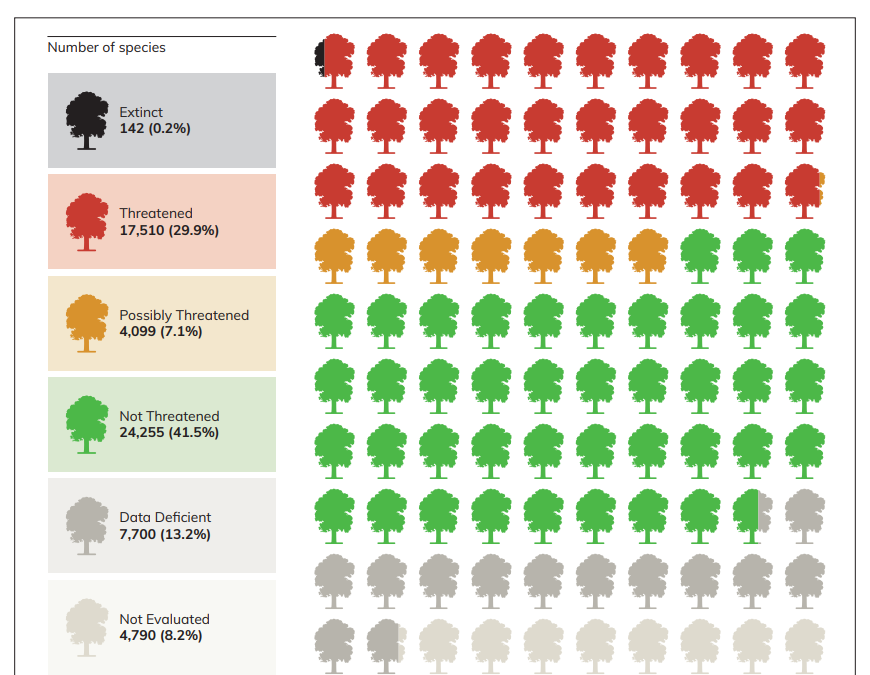Indigenous leaders in Brazil’s Amazon try to thwart loggers and miners – “What is being done here is an atrocity against us”
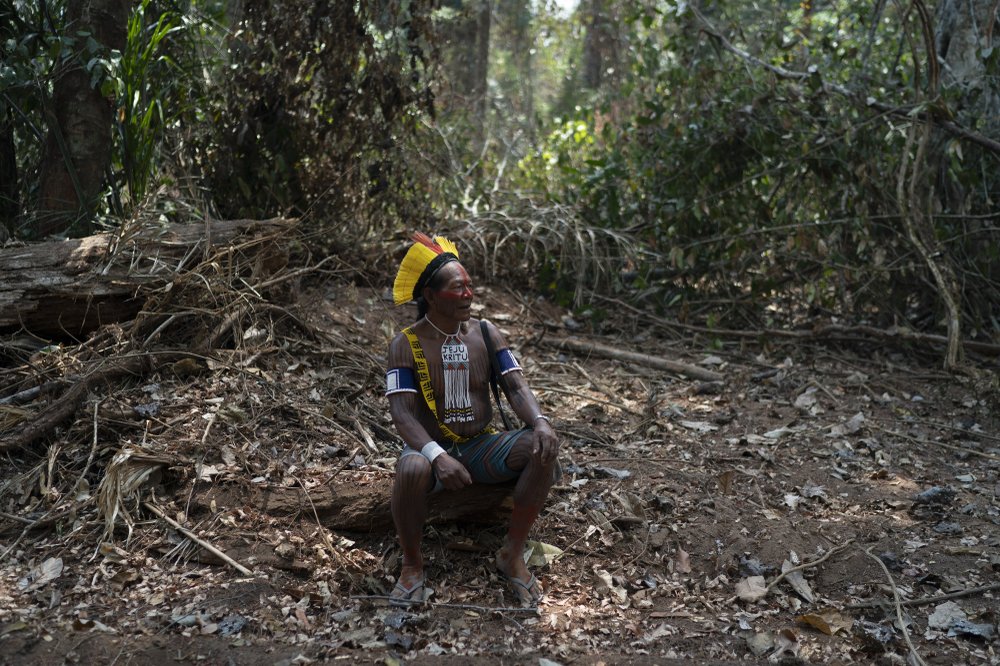
By Leo Correa
1 September 2019
ALTAMIRA, Brazil (AP) – An indigenous leader in Brazil’s Amazon says he will do what he can to stop loggers and prospectors encroaching on his people’s land.
Kadjyre Kayapo, his son and other companions searched in recent days for signs of trespassing in the lush rainforest of the Kayapo indigenous group’s land in Pará state.
The routine patrol came after a month in which fires swept many areas of the Amazon, causing an international outcry over the growing threat to a vast area that drains heat-trapping carbon dioxide from the atmosphere.
An Associated Press journalist accompanied the village watch group and saw paths and a bridge that had been put up by illegal loggers. They traveled part of the way in a boat between river banks thick with vegetation.
Kadjyre Kayapo is head of Krimej village, where villagers run a surveillance operation that tries to monitor incursions into indigenous territory.
“I founded this village to prevent the loggers getting into our territory,” said the leader, who wore a traditional headdress and a necklace reading “Jesus Christ” in Kayapo language.
Brazilian President Jair Bolsonaro contends that past allocations of land to indigenous people, many of whom live in the Amazon rainforest, were excessive. About 14 percent of Brazil is indigenous territory, a huge area for those groups’ relatively small numbers, the president said.
Bolsonaro has faced criticism for saying rainforest protections are blocking Brazil’s economic development. He has said European countries expressing concern have done enough damage to the environment themselves and should focus on their own reforestation.
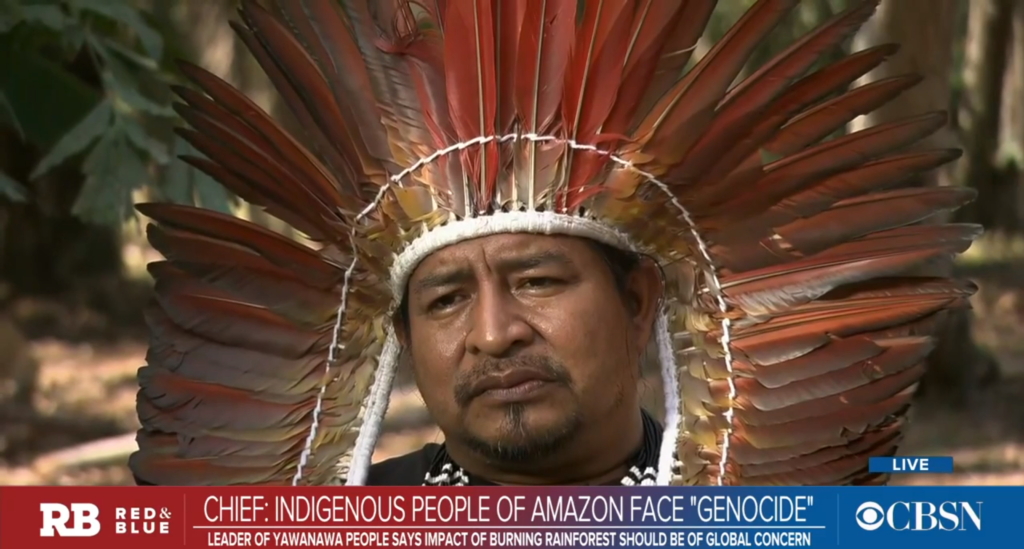
The Brazilian Amazon saw 30,901 fires in August, the highest for the month since 2010, according to the country’s National Institute for Space Research.
The data released Sunday said there was a 196 percent increase in fires in comparison to August of last year. In August 2010, there were 45,018 fires. Fires are most common in the Amazon from August through October, during the dry season.
Much of the deforestation in the Brazilian Amazon is done illegally. Landgrabbers practice slash-and-burn techniques to clear forest for agriculture and loggers encroach on national forests and indigenous reserves.
Brazil contains about 60 percent of the Amazon rainforest.
Indigenous leader in Brazil’s Amazon tries to thwart loggers
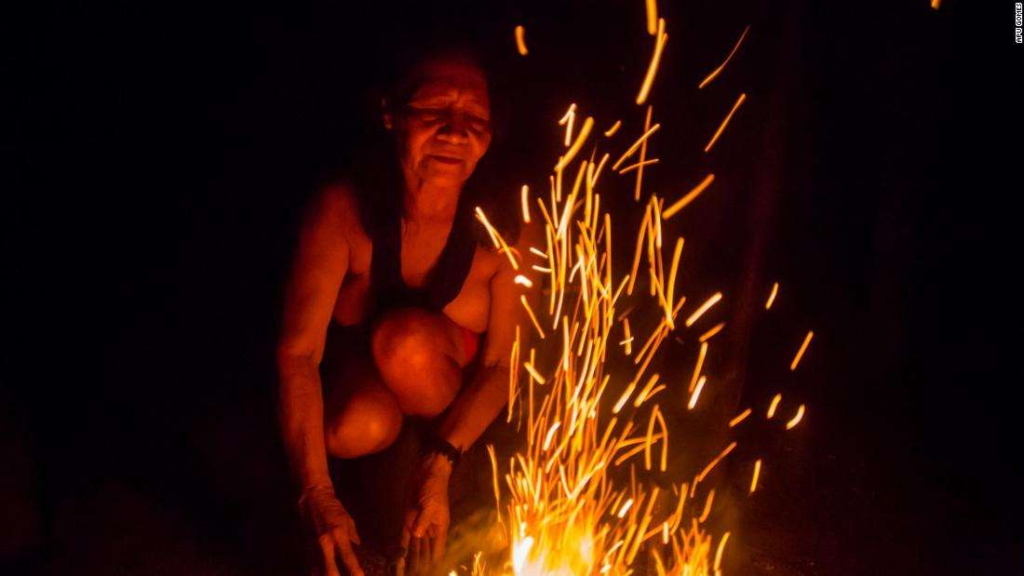
Brazil’s indigenous Waiapi tribe guards the Amazon
By Flora Charner, Isa Soares, Waffa Munayyer, and Apu Gomes
27 August 2019
(CNN) – Deep in the heart of the Amazon, Ajareaty Waiapi performs one of her tribe’s most traditional rituals. The tribal chief crushes blood red urucum seeds into a thick paste and generously applies it to her face, bare chest and torso. The mixture protects her skin from the sun and insects. It’s also believed to ward off evil spirits.
For decades, the Waiapi have lived in the Brazilian state of Amapa in near-isolation from the non-indigenous world and in harmony with the rainforest. The river and trees that support their way of life are often described as the lungs of the world.
Now, Brazilian President Jair Bolsonaro wants to change that, with proposals that include moving the tribe out of their legally demarcated territory and opening the land to miners to exploit dormant deposits of copper, iron, and gold near their homes.
His pro-business policies in the Amazon have recently come under attack for encouraging deforestation, as massive wildfires now rip through large swaths of the rainforest.
The Waiapi believe they are the guardians of the Amazon and are wiling to do whatever it takes to protect it. CNN gained rare access to a Waiapi village and spoke to tribal leaders about what could happen if the government expropriates their land. […]
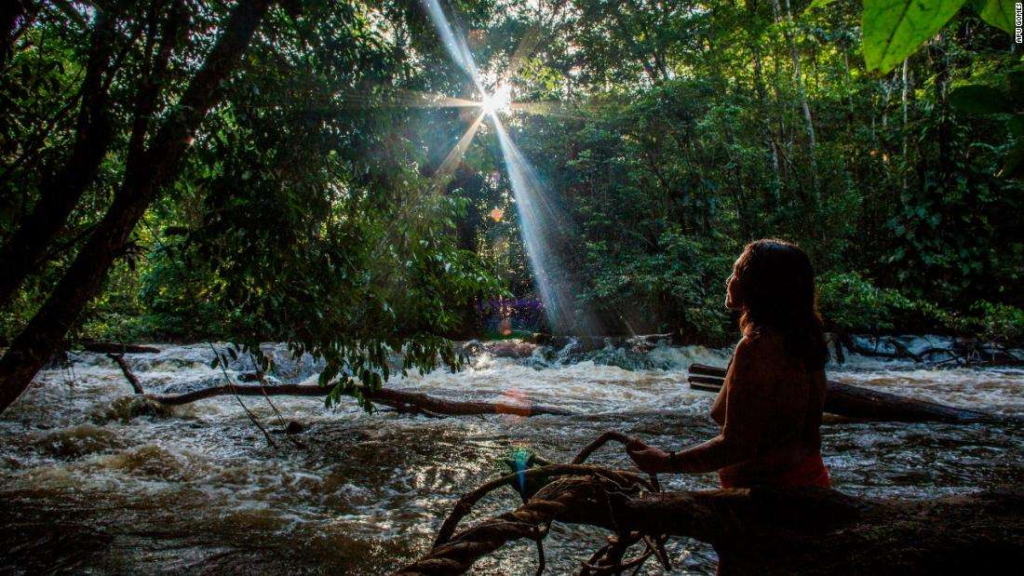
“Some time ago, we lived well; we did not worry about land,” says the 59-year-old Ajareaty, one of the Waiapi’s few female chiefs. “We did not know we would have many invaders, loggers and prospectors in the future. Many talk about our land today, they say that they want to take our land.”
Her village, Kwapo’ywyry, is one of 92 different Waiapi villages that dot the roughly 1.5 million acres in northern Brazil that was officially declared an indigenous reserve in 1996. The area was categorized by Brazil’s National Indigenous Affairs agency (FUNAI) as a “traditionally occupied indigenous reservation.”
“Our leaders struggled a lot to demarcate the indigenous land because we heard that it if we did not do it, non-indigenous leaders would enter and finish our land in the future,” Chief Ajareaty says. “That’s why we made the demarcation.”
But legal recognition has not entirely protected their land from intrusion, they say. In July, tribe members said that a group of miners illegally invaded the nearby village of Mariri and killed 68-year-old chief Emyra Waiapi.
Viseni Waiapi, who lives in Ajareaty’s village, was one of the people who found Emyra’s lifeless body covered with wounds in a local river, he says. A few days later, on 27 July 2019, he sent a nearly five-minute audio message to Brazilian and international media, alleging that a group of heavily armed wildcat miners and non-indigenous people had violently stabbed Emyra all over his body, including his genitals.
“We are asking for help,” Viseni said in Portuguese during the message. “We are in great danger.” [more]
